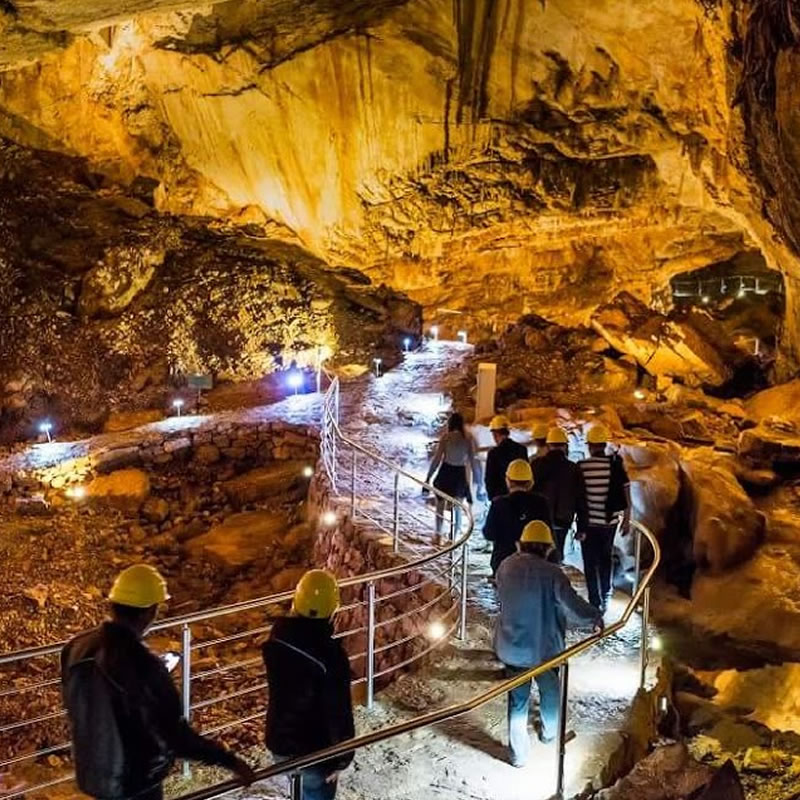

The fact that Trebinje is home to the largest number of monuments (over 50 on the provisional list and 29 declared national monuments) speaks volumes about the rich treasury of material cultural and historical heritage. Nature was very generous to Herzegovina. This area belongs to one of the most beautiful climatic and ecological landscapes of the Balkans. From mountains, forests, rich flora and fauna, through rivers and lakes, Herzegovina leaves every traveler breathless.
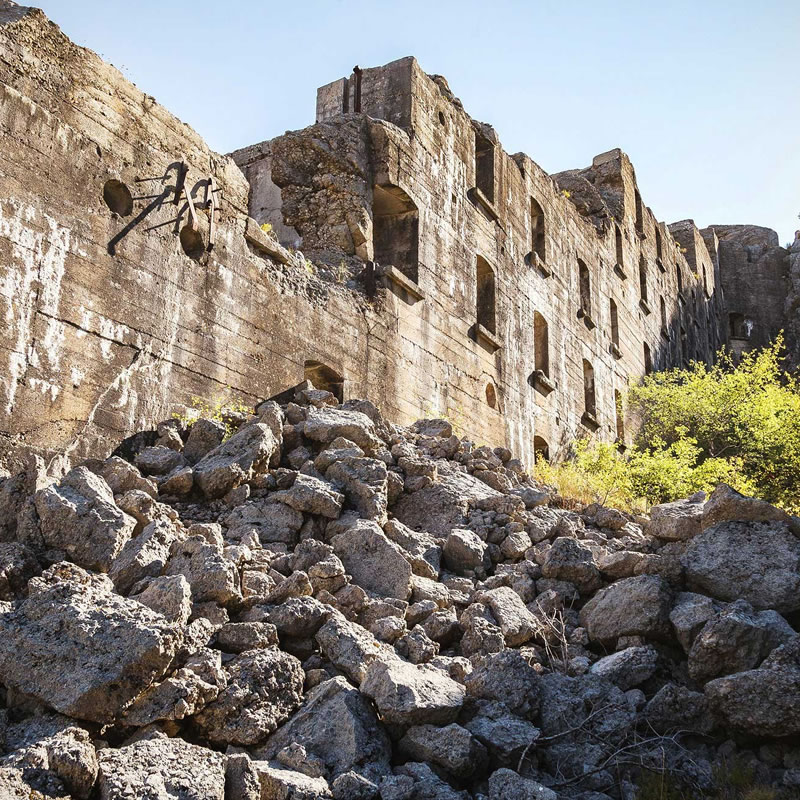
Trebinje is surrounded by former Austrian military fortifications. One of them, the story says the second largest in the Balkans, is the Strač fortress above Trebinje. Strač is located southeast of Trebinje, and it can be reached by car on the old Austrian road that leads from the hill of Crkvina to the village of Rapta, and then to the right of Rapta, about 2 km away, at the very top of the hill is hidden a miracle of construction for both women and men. times. It is said that Strač owned 365 rooms, in walls that were more than one meter thick. All rooms were connected to each other, had a fresh air supply system and water supply with rainwater in the huge capitages built within the fortifications. At the top of the fortification there are iron domes whose walls are over 30 cm thick. From the fortifications there is a wonderful view towards Zubci, Petrov polje, Trebinje and beyond. Unfortunately, Strač was badly damaged after the Second World War.
It is assumed that the first Trebinje was located from the church near the river to the top of Crkvina. The Branković tower itself is located in that locality. The Brankovićs were an old and respectable family, who lived and worked during the greatest rise of the Serbian state. They were on the historical stage from the first half of the 14th to the first half of the 16th century. A belt with the embroidered name Branko and the Lion as a symbol of the house of Branković is kept in the museum in Saint Petersburg. Vuk is Branko’s youngest son. At the time of the collapse of the Serbian Empire, he retreated to Kosovo. There are opinions that the Tower did not belong to the Branković family, that it was Greek or Turkish. However, considering the historical data and the existence of Mladen, the progenitor of the family who was the lord of Trebinje in 1323, and his son Branko, it can be said with certainty that the Branković tower really belonged to the Branković family.
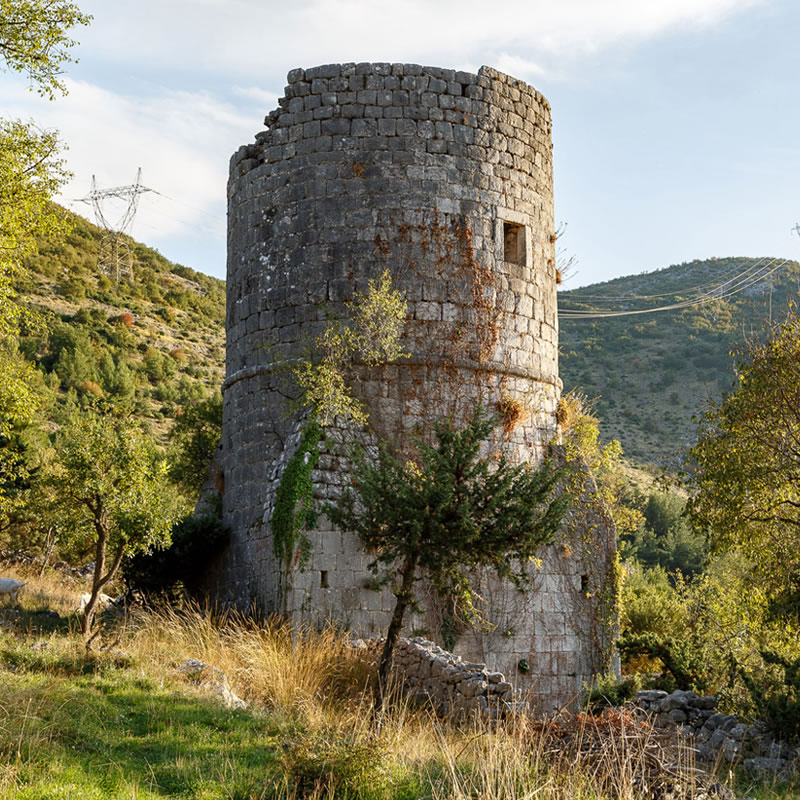
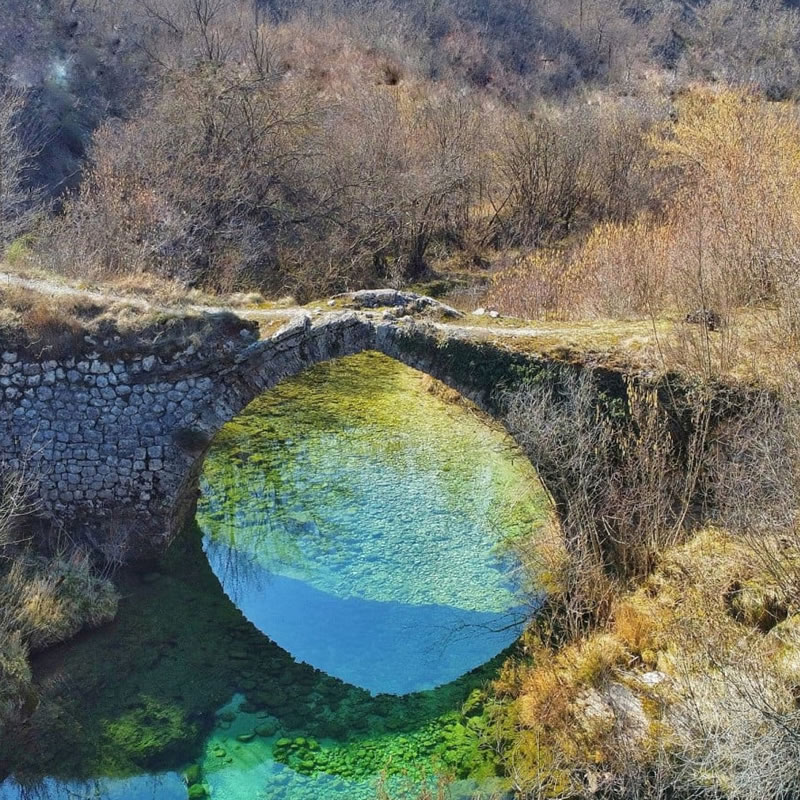
The Roman bridge on Vučija is a mystery, like all old bridges whose construction we attribute to the Turks or Austrians or the Romans. The Roman bridge on Vučija is the most interesting and seems to be the oldest. It was probably built at the same time as the Lastvan Towers. The bridge used to be called Stari most, Greek bridge, Sušica bridge, and residents outside Vučia also call it Vučijanski most. It is built of hewn stone, and the upper arches are made of ashlar. The whitewash is composed of semicircular arches, so it has a very nice impression and fits into the natural environment. During the time of the Romans, a road from Dubrovnik to Montenegro passed through here. This bridge is considered to have been built in the 13th century. There is a legend that during the time of Queen Kuljača there was a similar bridge on Zaslapnica, 200 m lower than this one, and that it was washed away by the rising waters.
The old town of Mičevac was located in the Trebinje parish on the right bank of the Trebišnjica river. It is not known when it was built, but, according to legend, it was built by duke Micheta, so it was named after the founder. According to Lukari, the Dubrovnik chronicler, Mičevac was first mentioned as a fortress in 1042. It played the most important role while it was in the hands of Pavlović, Duke Stjepan and his son Vladislav, and after fierce resistance in 1466, it fell, together with Trebinje, under Turkish rule.
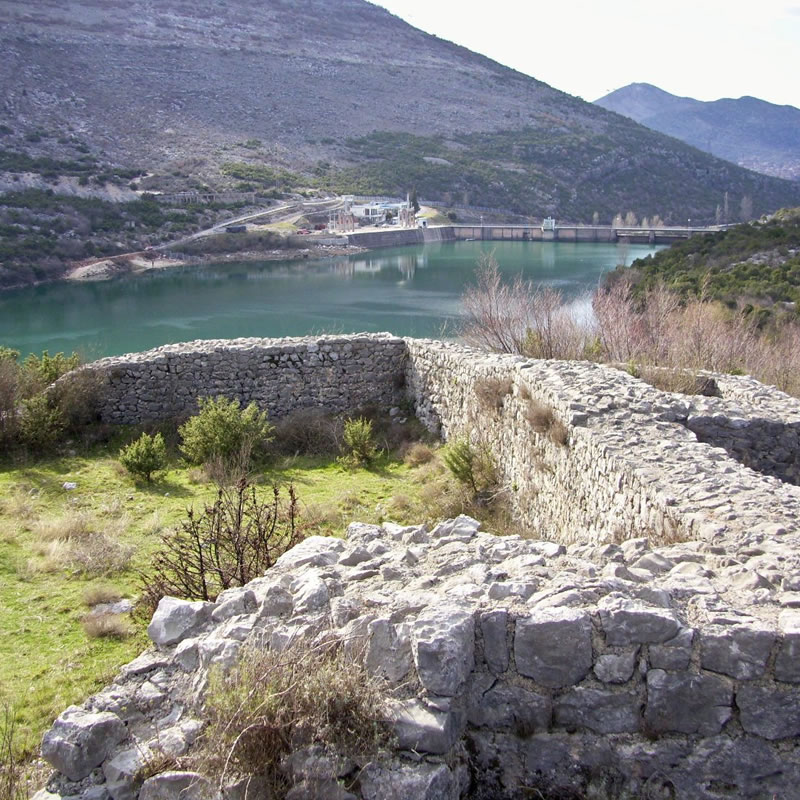
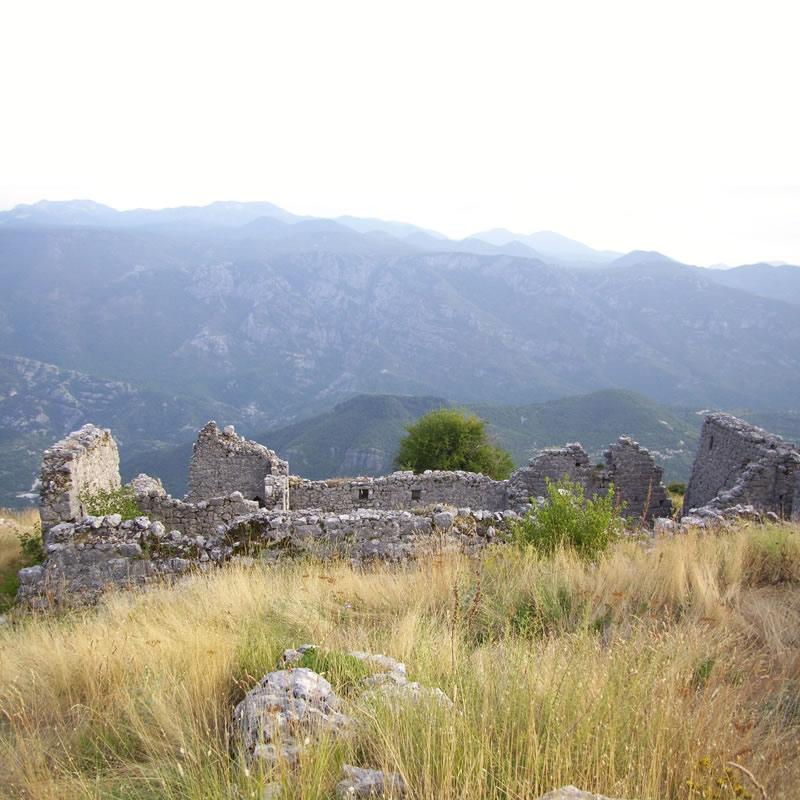
Klobuk is located on the border of Herzegovina with Montenegro. This place was the scene of major world historical events in the past few centuries. The eponymous old town – the fortress, is the oldest in Bosnia and Herzegovina, and Napoleon’s troops arrived under its walls. It was founded in the 9th century, since then it has been continuously part of the Serbian medieval state. In the old town of Klobuk, there are also the graves of Kosovo’s heroes, and because of the fierce resistance against the Turks, some historians call it the Serbian Masada. Today, there are only the remains of the ramparts from the Turkish period, when this city was finally captured and destroyed by Austria-Hungary.
The area of the Orjen massif belongs to the Mediterranean biogeographical region, and includes about 18,156 hectares, where there are several habitat types of European importance – pits (which are not open to the public), forests, grasslands, mountain pastures and meadows. This area is ideal for the survival of important species, such as the bear, the wolf, the stone partridge and the attractive bird of prey – the kite eagle. By the way, this area is also known for the presence of the so-called “munika” (a Montenegrin tree species from the family “Pinaceae”) that grows only in the Balkans. The massif area is recognized as the most attractive for the so-called “active vacation” – staying in nature, hiking and mountain climbing, as well as speleological activities (exploring pits and caves).
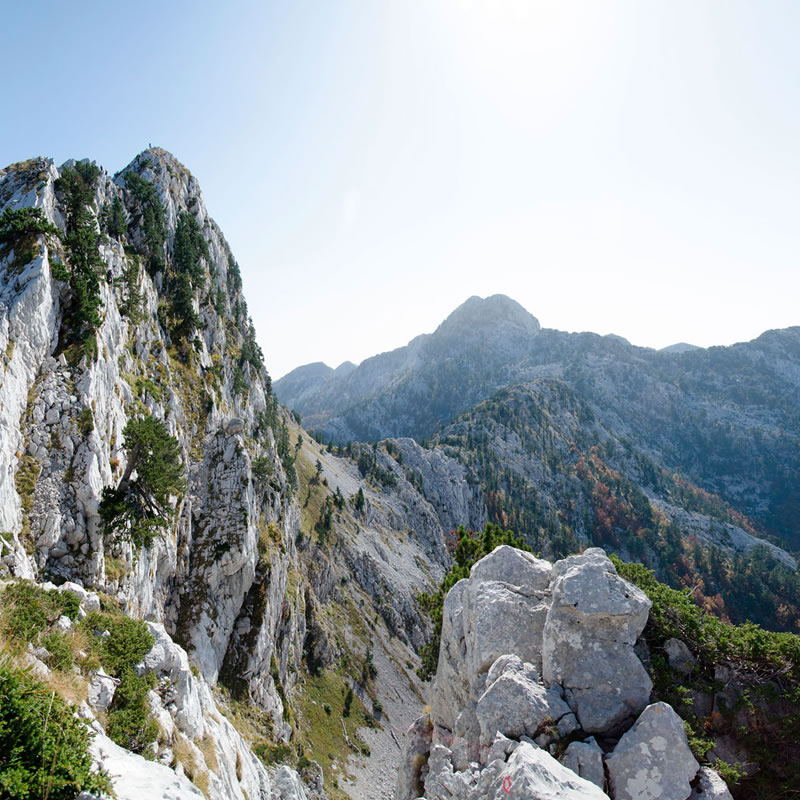
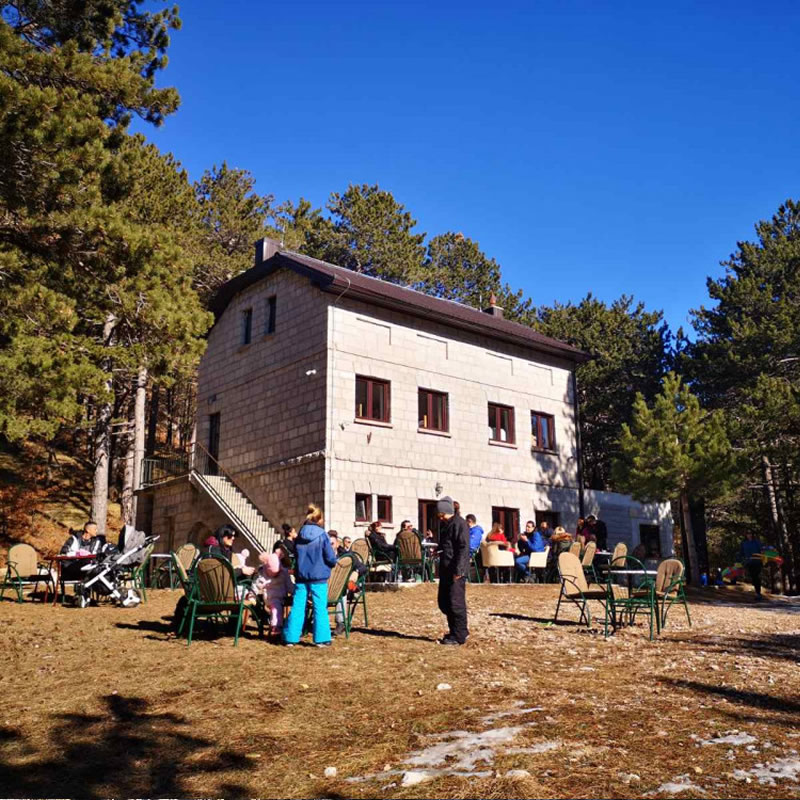
Zubačka Ubla is 25 km from the city. They traditionally hold a manifestation dedicated to the preservation of folk traditions and customs with a rich cultural and artistic program. Zubacka Ubla also offers opportunities for winter sports.
The area of Lastva is 13 km east of Trebinje on the road to Nikšić. It is located on the shore of Lastvan Lake and offers several attractive locations for picnics, barbecues and other outdoor activities. In particular, it should be noted that Lastvansko jezero is extremely rich in fish and is a favorite location for many local anglers. The lake is a gathering place for numerous anglers every year on the official opening day of the fishing season.
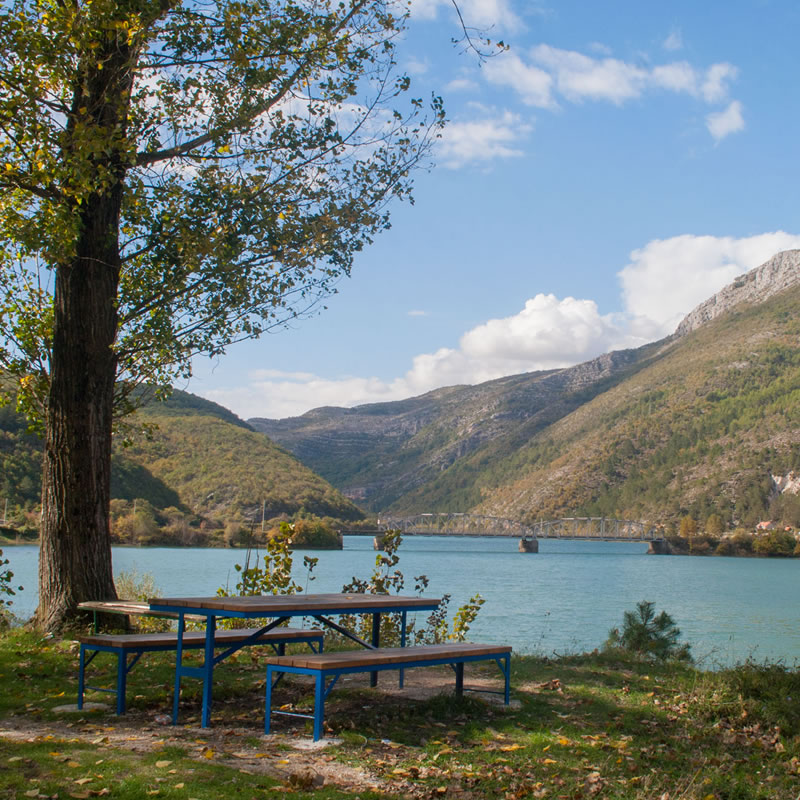
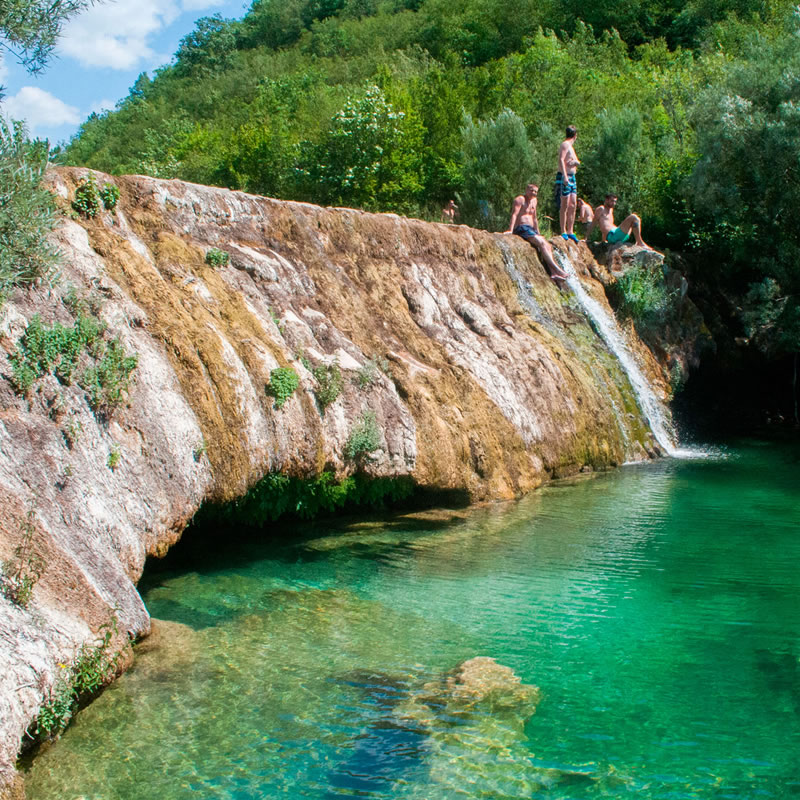
The river Sušica is a tributary of the river Trebišnjica. It is located about 15 km east of Trebinje. With its exceptionally clear and fish-rich emerald-colored water, it is a great location for fishing and swimming enthusiasts. On the river there is also a historical site, the mystical Roman Bridge of Vučija, as well as swimming pools and a camp for nature lovers.
At the western end of Popovo polje, 300 m east of the Zavala monastery, there is Vjetrenica, the most famous cave in Bosnia and Herzegovina. In total, about 6,700 m of underground channels were discovered. Speleological specifics of this cave are its beauty, spacious corridors and halls, numerous deposits of silt, and a rich hydrographic world with numerous lakes, several waterfalls, and several permanent streams. The appearance of a strong wind at the entrance is also attractive, as is the noticeable flow of air in several places in the interior. It is equally interesting in ecological, geomorphological and economic terms. It has been a protected natural monument since 1950, and in 1981 it was declared a geomorphological nature reserve. The cave is also known as one of the largest habitats of the famous amphibian, the so-called “human fish”.
